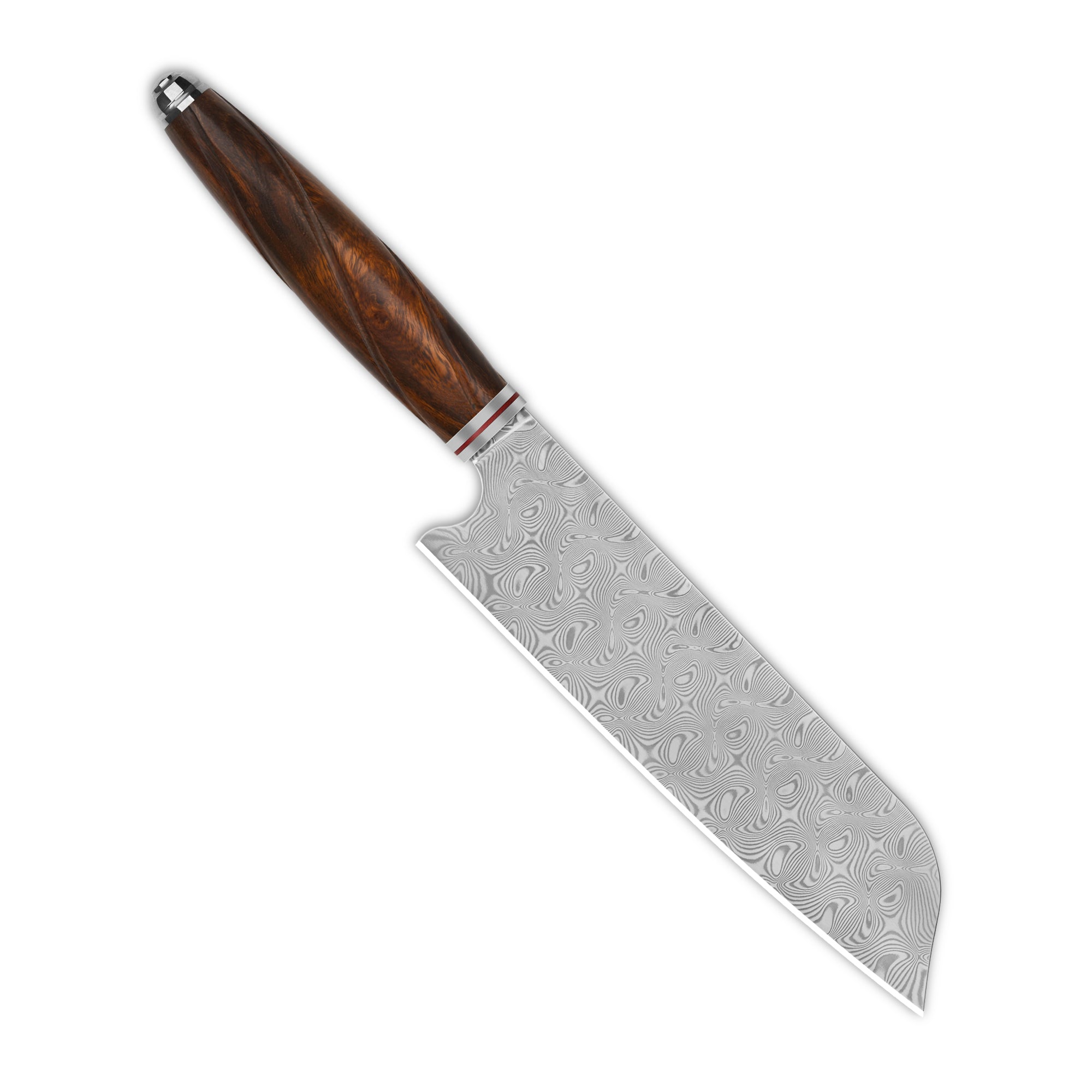When it comes to culinary tools, the chef knife stands out as an indispensable companion in the kitchen. This versatile tool is essential for a variety of tasks, from chopping vegetables to slicing meats. But how do you choose the perfect chef knife? In this guide, we will explore the key factors to consider, ensuring you make an informed decision.

Understanding the Chef Knife
A chef knife typically features a broad blade that tapers to a point, allowing for a rocking motion during cutting. The standard length ranges from 8 to 10 inches, but variations exist. Why is the size important? A longer blade can handle larger ingredients, while a shorter blade offers more control for intricate tasks.
Types of Chef Knives
- Western Chef Knife: Known for its robustness, this knife is perfect for heavy-duty tasks.
- Japanese Chef Knife: Often lighter and sharper, these knives excel in precision cutting.
- Gyuto Knife: A Japanese variant, ideal for both meat and vegetables.
- Santoku Knife: This all-purpose knife is great for slicing, dicing, and mincing.
Each type of chef knife has its unique advantages, so consider your cooking style when selecting one.
Materials Matter
The material of the blade significantly impacts performance and durability. Common materials include:
- Stainless Steel: Resistant to rust and easy to maintain, making it a popular choice.
- High Carbon Steel: Known for its sharpness and edge retention, but requires more care to prevent rust.
- Damascus Steel: Offers both beauty and functionality, with a unique pattern and excellent performance.
Choosing the right material can enhance your cooking experience, so weigh the pros and cons carefully.
Ergonomics and Handle Design
The handle of a chef knife is just as important as the blade. A well-designed handle provides comfort and control, reducing fatigue during extended use. Consider the following handle materials:
- Wood: Offers a classic feel but may require more maintenance.
- Plastic: Lightweight and easy to clean, but may not provide the same grip.
- Composite: Combines the best of both worlds, offering durability and comfort.
When selecting a knife, hold it in your hand to ensure it feels comfortable and balanced.
Maintenance Tips for Your Chef Knife
To keep your chef knife in optimal condition, follow these maintenance tips:
- Always hand wash your knife and dry it immediately to prevent rust.
- Use a honing steel regularly to maintain the edge.
- Sharpen your knife as needed, using a whetstone or professional service.
- Store your knife in a block or magnetic strip to protect the blade.
By taking proper care of your knife, you can ensure it remains a reliable tool in your kitchen for years to come.
Where to Buy Quality Chef Knives
If you're ready to invest in a quality chef knife, consider exploring options at  . They offer a wide selection of knives that cater to both novice and experienced cooks alike.
. They offer a wide selection of knives that cater to both novice and experienced cooks alike.
In conclusion, selecting the perfect chef knife involves understanding your needs, the types available, and the materials used. By considering these factors, you can enhance your culinary skills and enjoy the art of cooking.














